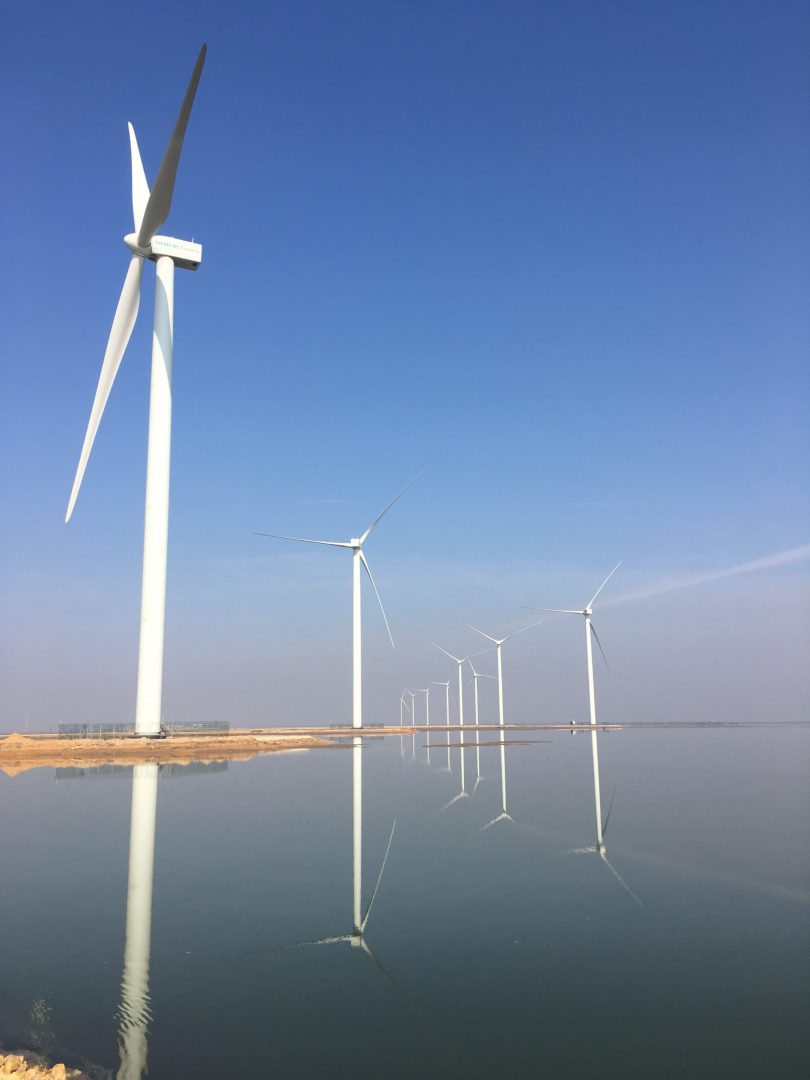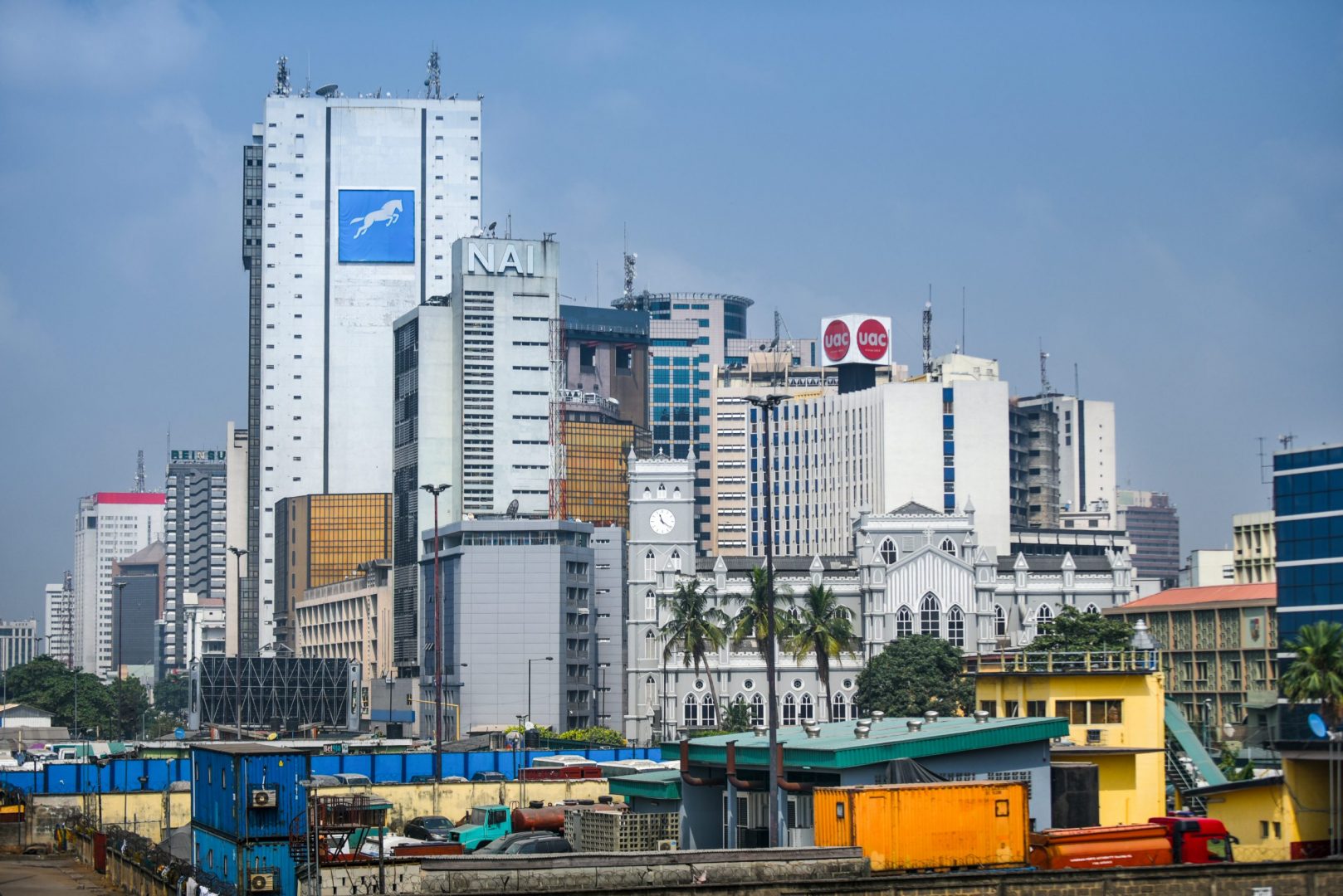We welcome the publication of Evaluating the Impact of British International Investment’s Infrastructure Portfolio, an independent portfolio-wide analysis of our investments in this sector.
This report is the second in the FCDO-BII Evaluation and Learning Programme of independent multi-year evaluations across our priority sectors. It follows the evaluation of our Financial Institutions Portfolio, published in 2021. These longer-term portfolio-wide evaluations draw out lessons which support internal learning and are critical to help us and FCDO better understand how our investments deliver impact on people, businesses, sectors and overall economies. They are intended to scrutinise the evidence base which underpins our work. This then helps us target investments and track results in those businesses and sectors where we can have the most impact and can be used to inform our portfolio management and investment decisions.
Infrastructure is the foundation of any economy and fundamental to development. Provision of infrastructure gives companies and communities access to services such as power, internet and telecoms, and enables businesses to operate and grow more effectively. That’s why infrastructure is one of our priority sectors, making up more than a quarter of our portfolio. As the evaluation notes, since 2007 we have invested $2.3 billion across 36 countries and 194 companies, managing 295 infrastructure assets between them[1]. As a result, businesses in our portfolio are supporting:
- 25 GW of power-generating capacity, which is equivalent to the total amount in all West Africa.
- 5,289km of road capacity, which is the approximate distance from Nairobi to Cape Town.
- 33,060 telecoms towers, which is equivalent to 5 per cent of the total number of towers in India.
- Over 100,000 km of telecoms and internet fibre.
We welcome the range of methods the evaluators used to estimate the impact of these investments: reaching over 150 million citizens as consumers, supporting 3.5 million jobs and contributing over $17 billion to GDP annually.
Experience has taught us that investing in infrastructure in developing countries is a challenging, long-term endeavour that requires patience and a suite of financial instruments. We are pleased the evaluation found that our focus on early-stage and higher-risk equity investment stands out in a sector dominated by lending. Furthermore, 80 per cent of our investments were deemed on track to meet or exceed the impact target that was set at the time of investment.
The report also gives an overview of the substantial non-financial contribution of our investments, through our value addition activities across ESG, business integrity, gender equality and technical assistance.
We welcome the evaluation’s thoughtful recommendations. We will consider them carefully. We also note that our recently announced 2022-26 strategy starts to address many of them:
- Using the latest evidence: We are committed to making decisions using the best available evidence and generating new evidence where necessary. Much of this is made public through our Insight series.
- Reviewing portfolio data: Portfolio impact data is reviewed regularly at our portfolio review meetings, where impact performance issues are flagged for action.
- Country-specific approaches: Our new strategy sets out a suite of instruments, including various forms of concessional finance, that allow us to engage in earlier-stage work to shape markets or spur innovation aligned with the specific needs of countries we work in. Our equity strategy is built around the concept of “platforms” (such as Globeleq, Gridworks, or Ayana) that have a mandate to seek out and, where appropriate, create coherent sets of investment opportunities that maximise development impact in a region.
- Targeting development impact: Our new impact scoring system is based on our strategic objectives of productive, sustainable and inclusive development. It prioritises underserved countries and targets populations as well as countries with binding infrastructure gaps. For example, our off-grid energy investments explicitly target lower-income and rural populations.
- Climate: We recognise the complexity of the relationship between climate commitments and broader development goals. Our Climate Change Strategy sets out our approach, aligning to the goals of the Paris Agreement, and our new 2022-26 strategy includes an increased focus on climate finance, including setting a target for 30 per cent of our new commitments over five years to be in climate finance.
- Impact attribution: The evaluators undertake an interesting exercise applying a carbon accounting methodology (the PCAF Global Standard) to jobs and value-added supported results. We will consider this carefully as we begin a new five-year strategy and impact reporting cycle.
- Monitoring gender impact: The report rightly highlights the leadership role we have played in the 2X Challenge as well as the technical advice we have provided to infrastructure investees such as Owendo Port, MKOPA and Greenlight Planet. Recognising the broader challenges women face in the sector, and in line with our Gender Strategy, we will use our new strategy period to collect better data in line with the report’s recommendation.
We recognise the challenges of undertaking detailed analysis and assessment across such a broad portfolio. A second phase of evaluation will now follow, and we look forward to working with the evaluators on areas that the first phase of this evaluation was unable to consider.
We are particularly keen to better understand the profile of the end-users of the infrastructure we are supporting as well as what the broader evidence (including thought leadership by practitioners) can add to the evidence review, including around gender, energy access and the impact of our off-grid investments. Some of this evidence is being generated through our partnership with FCDO in the form of the Private Enterprise Development in Low-Income Countries research programme.
We look forward to continuing to support the evaluators as we enter the second phase of this important programme.
[1] Excluding 54 investments made through non-infrastructure specific funds.















